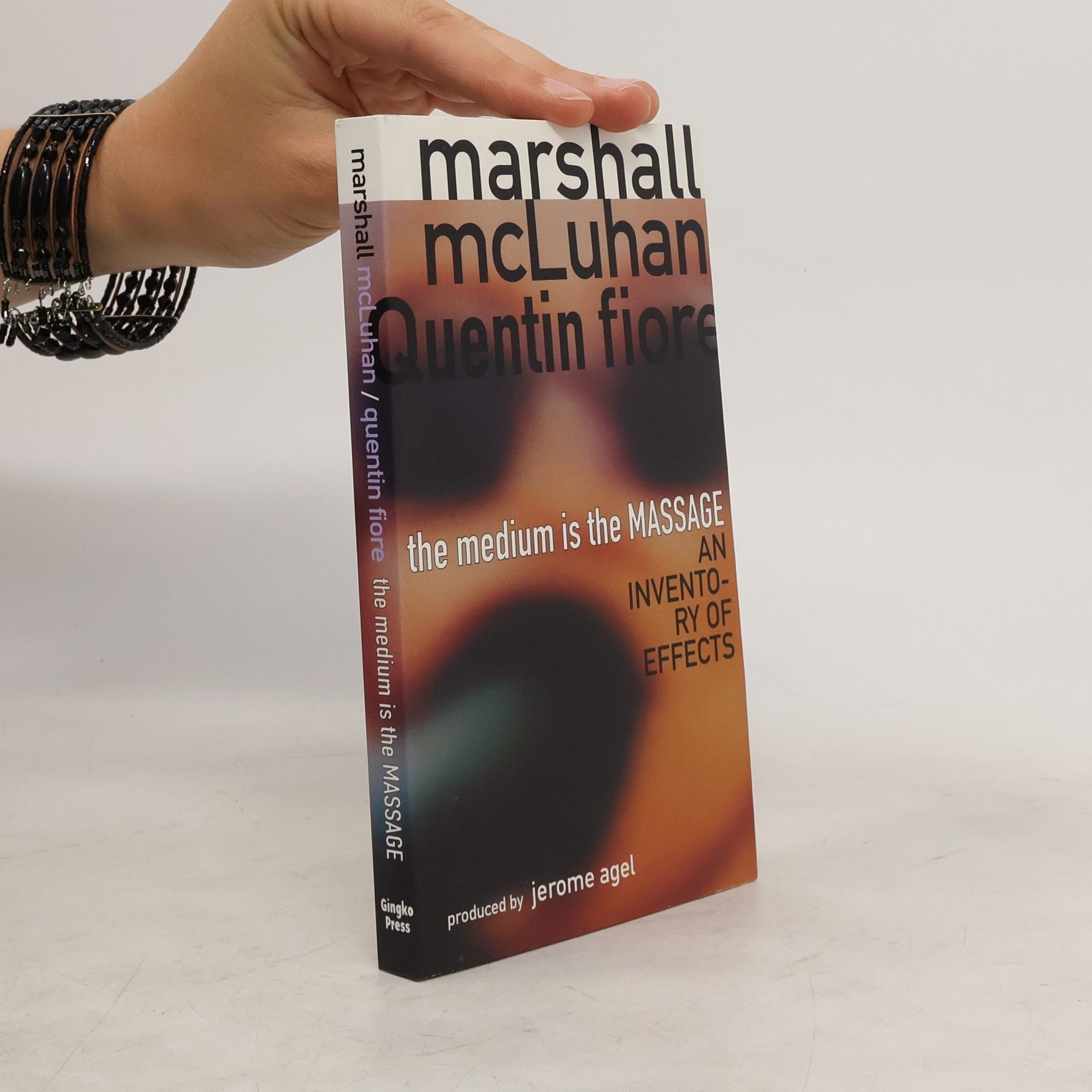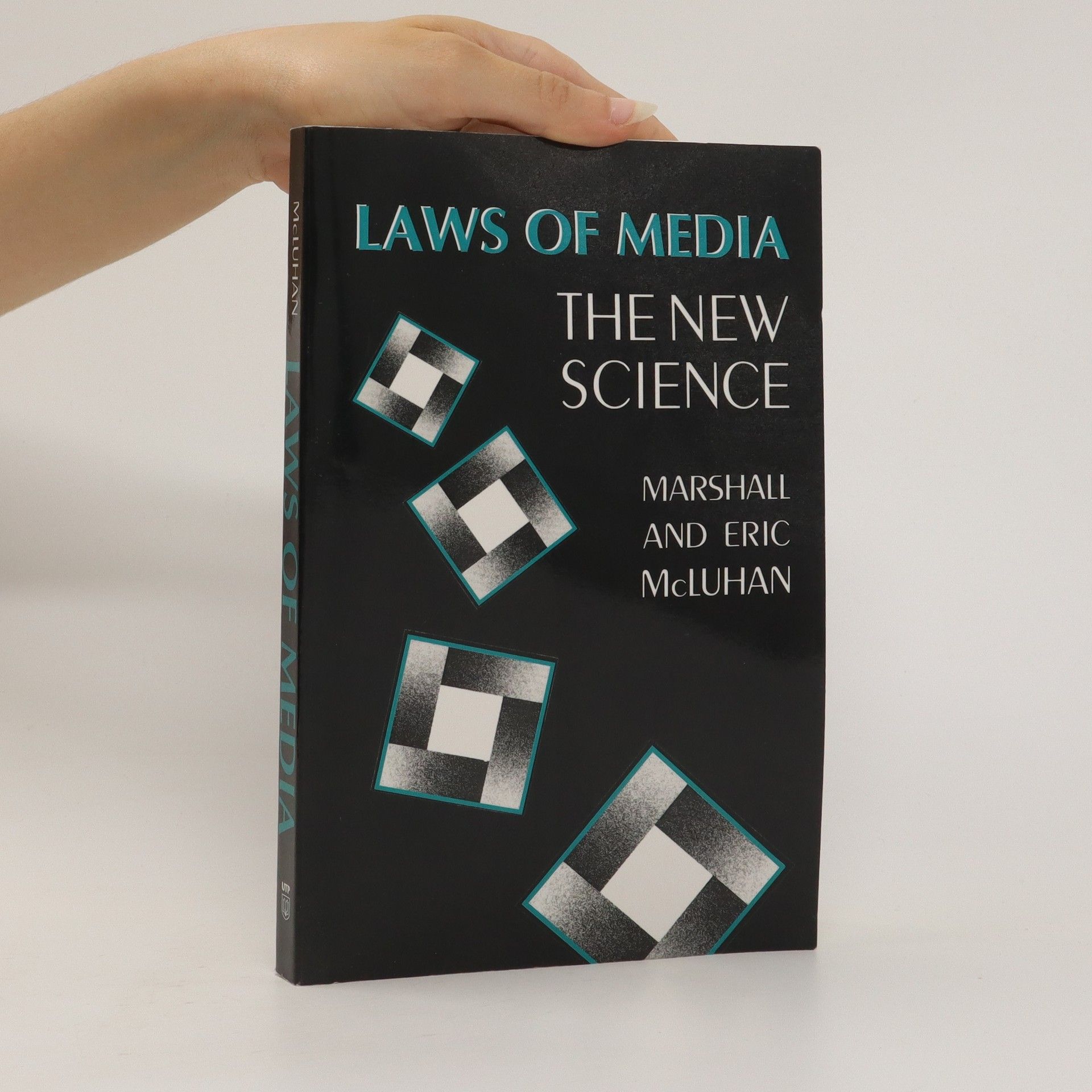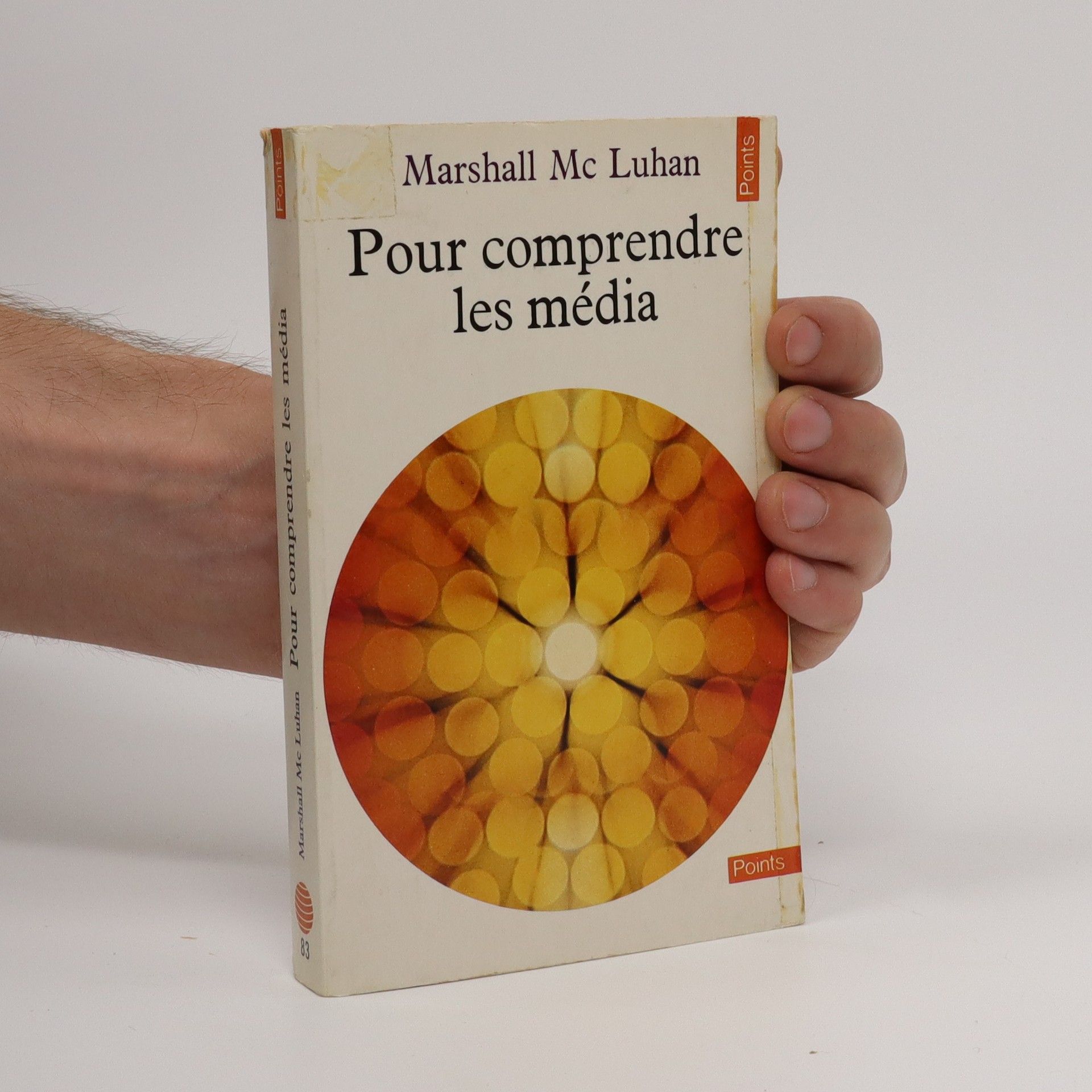Pour comprendre les média
- 404pages
- 15 heures de lecture
Le fait essentiel de la communication, c'est la communication elle-même et ses " média " (langage, argent, imprimé, mode, télévision ou cybernétique), plutôt que le message communiqué. Le "message", c'est à dire le contenu de la communication, n'est qu'un leurre qui détourne l'attention pendant que le "médium" exerce une action d'autant plus profonde qu'elle nous échappe. Cet ouvrage analyse d'une façon intuitive et parfois familière la nature des technologies qui constituent notre "environnement"; elles sont les prolongements de nos organes physiques et de notre système nerveux, destinés à en accroître la force et la rapidité. "Nous sommes tout à coup désireux de voir les gens et les choses se montrer tels qu'ils sont. Il faut voir dans cette attitude nouvelle une foi profonde en l'harmonie fondamentale de tout l'être. C'est avec cette foi que j'ai écrit le livre que voici". Marshall Mc Luhan









